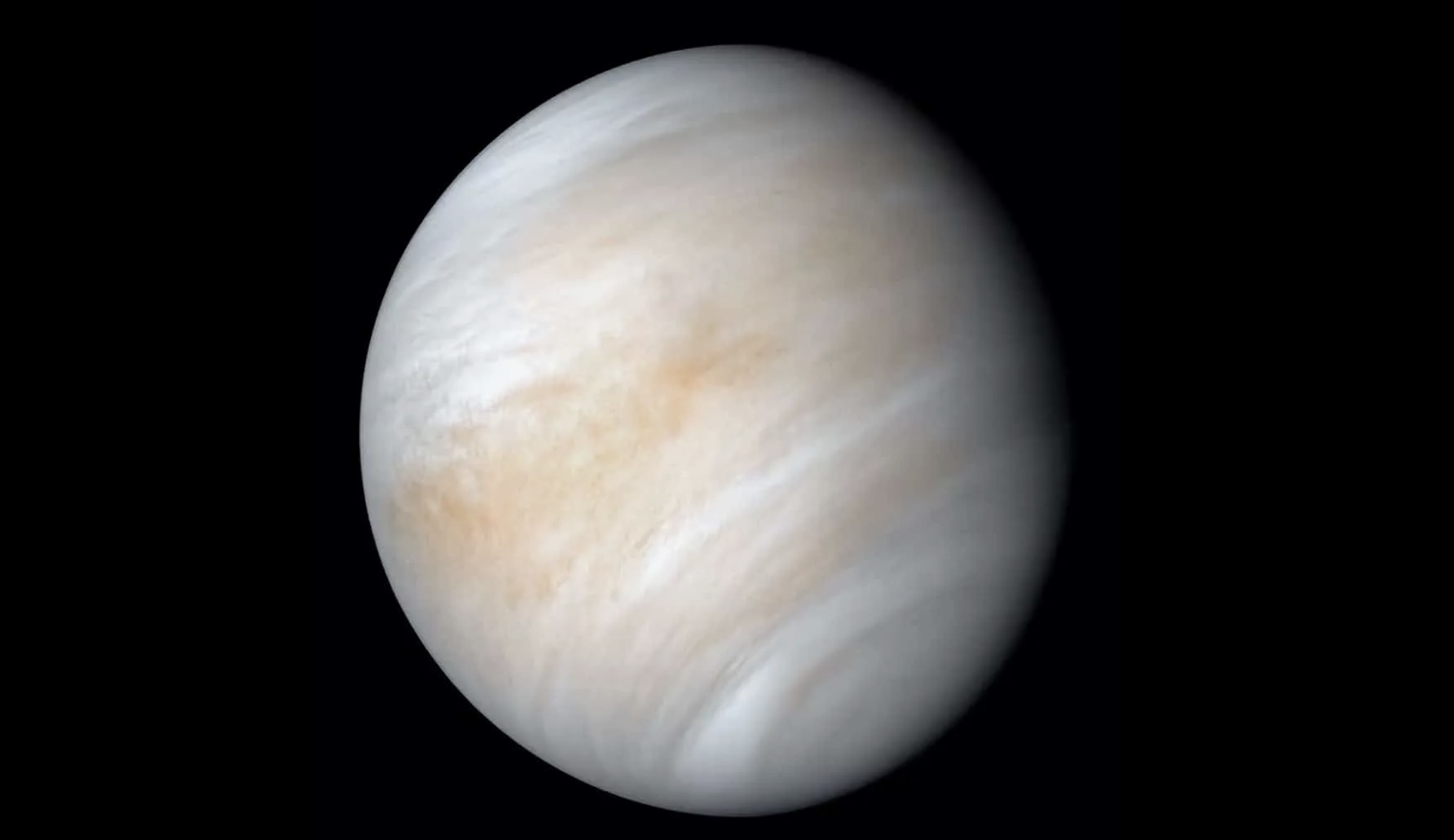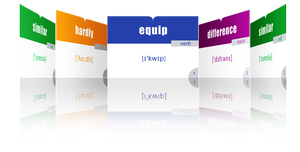SCIENCE-VENUS
- Подробности
- 429
Venus is the second planet from the Sun and close to Earth in size. Its thick CO₂ air with sulfuric acid clouds traps heat: ~465 °C and pressure ~92 times bigger than Earth’s. It spins very slowly retrograde (~243 days) and orbits in ~225 days; it has no moons.
VENUS

Venus is the second planet from the Sun. It is almost the same size as Earth: radius 6052 km (about 95% of Earth). It goes around the Sun at about 0.723 AU (108.2 million km) and makes one year in about 225 Earth days.
Venus spins backward and very slowly. Sidereal day = one full turn: about 243 Earth days. Solar day = noon to noon: about 117 Earth days. Because it spins backward while moving around the Sun, noon comes sooner than one full turn. No moons or rings; axis tilt ~177° (almost upside down).
The air on Venus is very thick: about 96.5% CO₂ with clouds of sulfuric acid. This causes a strong greenhouse effect: the surface is about 462 °C and the pressure is about 92 bar (around 90× Earth’s). High winds high up circle the planet in 4–5 days. Because its thick greenhouse blanket of CO₂ traps heat, Venus is even hotter than Mercury (430 °C ) — though Mercury is closer to the Sun.
We cannot see the ground in visible light, so radar maps show wide volcanic plains, rough tesserae highlands, and big shield volcanoes. Main areas include Ishtar Terra (with Maxwell Montes, the highest place) and Aphrodite Terra. The surface looks young, likely from strong volcanism in the past.
Some scientists think that high in the clouds of Venus—where it’s cooler and the pressure is lower—tiny life might be possible (this is only a hypothesis).
LISTEN TO THE TEXT





 Как правильно изучать английский язык по карточкам (статьи)
Как правильно изучать английский язык по карточкам (статьи)